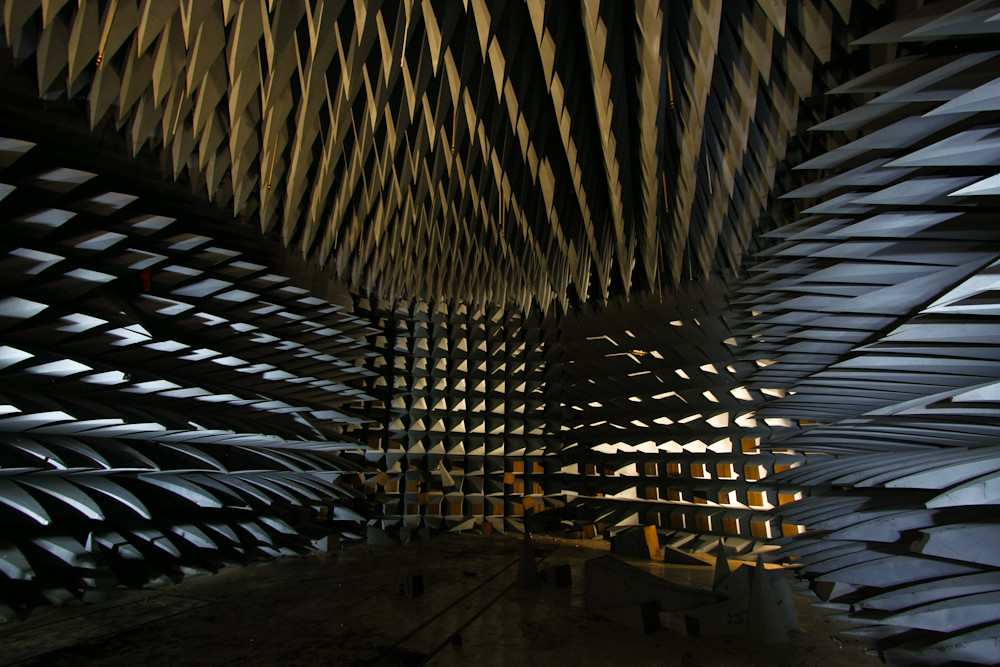Silence is golden — unless you find yourself in the quietest room in the world. In 2015, Microsoft built what is now in the world record as the quietest place on the planet.
Known as the anechoic chamber at the company’s headquarters in Redmond, Washington, “ultra-sensitive tests” performed in 2015 gave an average background noise reading of -20.35 dBA (decibels A-weighted — a measurement of the sound pressure level).
Only very few people have been able to withstand being in the room for a long period of time — at most an hour.
After a few minutes, you’ll already start to hear your own heartbeat. A few minutes after that, you can hear your own bones grinding and blood flowing.
The point of the anechoic chamber isn’t that you will hear nothing, but that it will remove all other outside noise and allow you to hear the endless sounds of your own body.
Only in death is the body completely silent. Environments we think of as ultra-quiet are typically louder than the human hearing threshold, which is around 0 decibels.
A library reading room, for instance, might chalk up around 40 decibels. With no sound from the outside world coming in, the total and utter silence will gradually turn into an unbearable ringing in your ears.
This will likely lead you to lose your balance due to the lack of reverberation in the room, which impairs your spatial awareness.
“When you turn your head, you can even hear that motion. You can hear yourself breathing and it sounds somewhat loud.” Hundraj Gopal, principal designer of the chamber at Microsoft, previously said.
The word anechoic means “without echo.” It took two years to design the space.
Made up of six layers of concrete and steel, it’s a bit disconnected from the surrounding building. An array of vibration-damping springs are situated below. Inside, fiberglass wedges are mounted on the floor, ceiling, and walls to break up sound waves before they have a chance to bounce back into the room.
Meanwhile, another anechoic chamber is hoping to earn the new title of the quietest room in the world. Located at Orfield Laboratories in Minneapolis, the room achieved “a legitimate measurement” of “–24.9 dBA,” according to Steven J. Orfield, who designed the space. It had previously held the record.
According to nypost.com. Source of photos: internet





![[HONORARY PROFESSOR OF RECORD FOR PRACTICE AND EMPIRICAL RESULTS – 2024] RECORD HOLDER CHU BAO QUE (BAC GIANG PROVINCE, VIETNAM)](https://uskings.us/wp-content/uploads/2024/05/IMG_0386-218x150.jpg)


